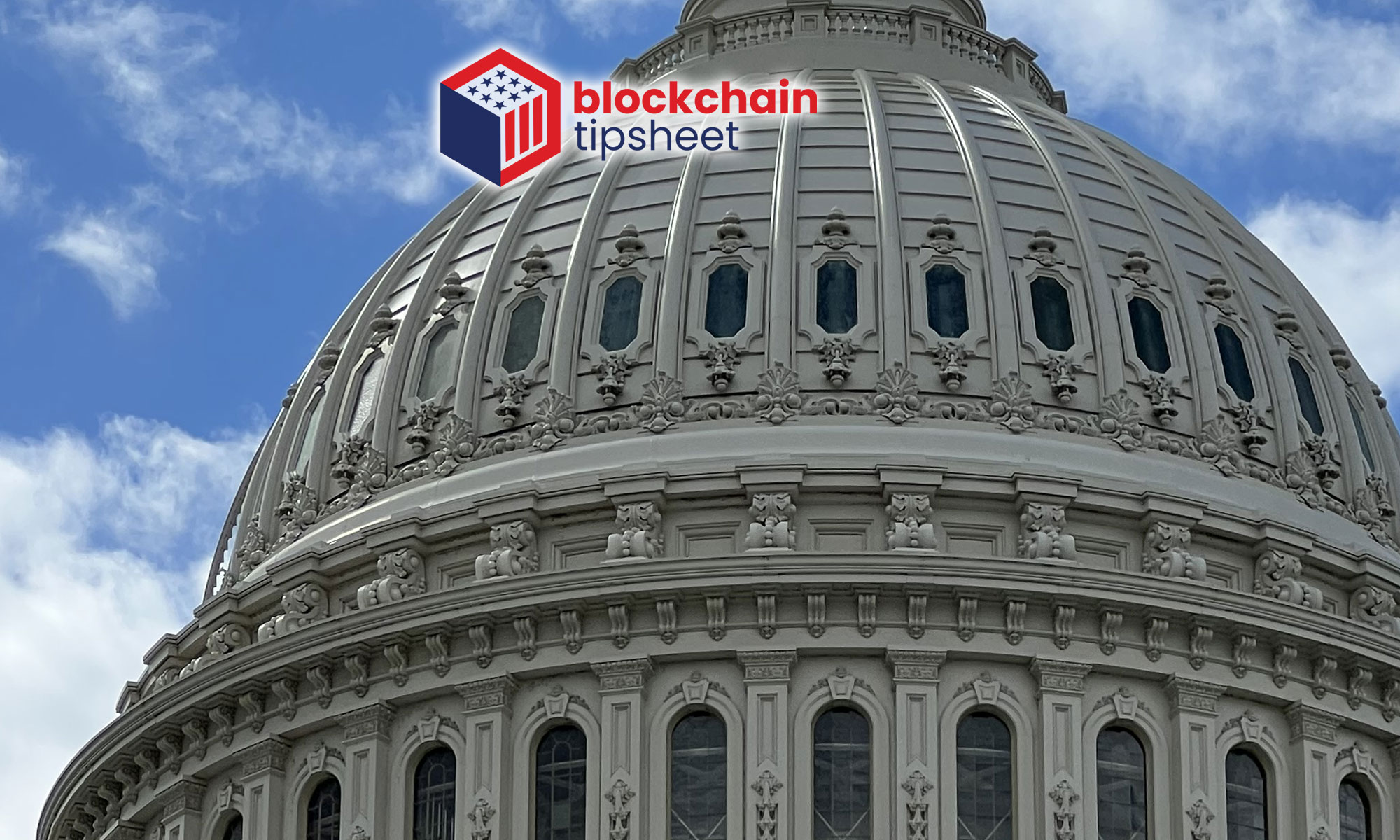Video Release: https://www.youtube.com/watch?v=ffO66WboovE
July 20, 2023
WASHINGTON, D.C. – Today, U.S. Congressman Flood delivered remarks on the floor of the U.S. House of Representatives on the Stablecoin State Pathway. This comes a week ahead of Financial Service Committee hearings where two bills will be marked up on digital assets market structure and the other on Stablecoins.
Video of the remarks can be found by clicking here. News outlets are welcome to use the footage for their reporting purposes. The full text of the speech is below.
I rise today because we are at a crossroads in banking, fintech and finance. Blockchain is a revolutionary technology that is going to change the way Americans do business. The question we have today in front of us is whether we would like America to lead that change or let someone else take the reins.
We are planning on marking up two bills next week in the Financial Services Committee: one on digital assets market structure and the other on Stablecoins. I am going to focus my remarks today on Stablecoins.
I am not new to this subject. In the Nebraska Legislature, I wrote and passed a bill that would allow for banks in Nebraska to issue Stablecoins. State chartered banks. This is an issue that I have worked on and cared about for years.
Since 2017, Stablecoins have grown to $130 billion in market cap. That’s the size of multinational institutions like Deutsche Bank.
We are not dealing with a theoretical conversation about Stablecoins here. Stablecoins have already arrived. Whether you like them or not is irrelevant; they are here and the question of the day is how to regulate them, not whether to regulate them at all.
Now that we’ve covered the basic need for this legislation, let’s discuss a specific issue in the bill: how to treat state-regulated institutions that want to issue a Stablecoin.
Our dual banking system is the envy of the world. It allows us to provide true regulatory tailoring, particularly for small community banks, in our country. Were we to move away from the dual banking system, were we to essentially gut the power and the authority of state banking regulators like the Nebraska Department of Banking, it would be an absolute tragedy for our community banks.
I don’t think there’s a banker around that wouldn’t stand up for the dual banking system. If you’re a small bank in rural Nebraska, you shouldn’t receive the same scrutiny as a GSIB, and if you’re a small bank in rural Nebraska, you probably shouldn’t share the same primary regulator as a GSIB either.
The dual banking system lowers burdens on banks, but it also ensures that our small institutions have a line of communication to the entity that regulates them. If every bank had to be regulated by the OCC, I don’t know that the OCC would have the bandwidth to ensure every small singlel, rural bank in America gets the attention it needs relative to larger institutions. That’s not a knock on the OCC, it’s just reality.
Now that brings us back to Stablecoins. Chairman McHenry’s bill currently has a state pathway for Stablecoin issuance. Shockingly, some of the same banking organizations that hail the dual banking system seem to have a different opinion when it comes to Stablecoins.
Let me be very clear, if the Federal Reserve becomes the de facto regulator for all state-regulated Stablecoin issuers, it would prevent small and midsized banks across the United States from getting into the Stablecoin market. It would fly in the face of regulatory tailoring, the very concept that has promoted our current system that allows for community banks to literally exist.
Our state regulators are more than capable of taking on this role. Those that argue for regulatory arbitrage miss the point; we already have a system in place that does this work. There’s no reason for a state-chartered bank in Nebraska that issues Stablecoins to be regulated directly by the Federal Reserve when the Nebraska Department of Banking is equipped to do the job.
Further, the bill establishes a robust floor for Stablecoin issuance. The most important part of that floor is the reserves. Under the bill, and listen to this, under the bill, issuers must back a Stablecoin with reserves 1:1.
Let’s think about what that means for a moment. If a consumer has one Stablecoin at $1, the issuer must hold exactly $1 in reserve on that same Stablecoin.
In other words, your money isn’t going anywhere. The issuer cannot lend out your money, and they cannot invest it in risky assets for their own gain. They must hold it in reserve as ordered by the bill that’s in front of the Financial Services Committee.
That requirement alone should go a long way to ease any anxieties over instability. The system itself has reserve requirements that aren’t present in other parts of the financial market.
We are truly in an historic moment here in the House; it’s not often that we get the opportunity to build a new regulatory system from scratch. Regulating Stablecoins is just that exact opportunity.
It’s imperative that we get it right so that both state-charters and federal charters can issue Stablecoins.
I thank the House for the time given today and I yield back.

